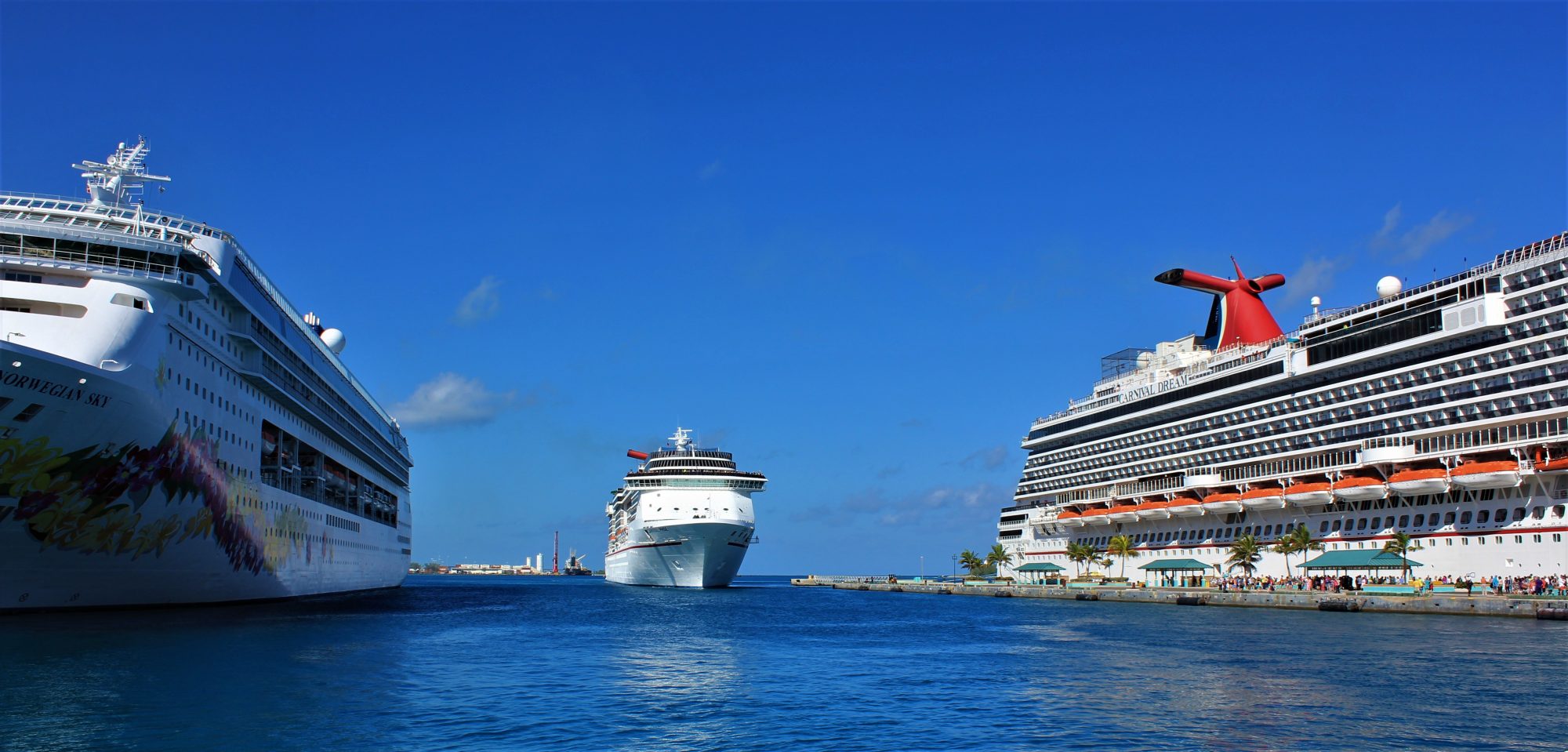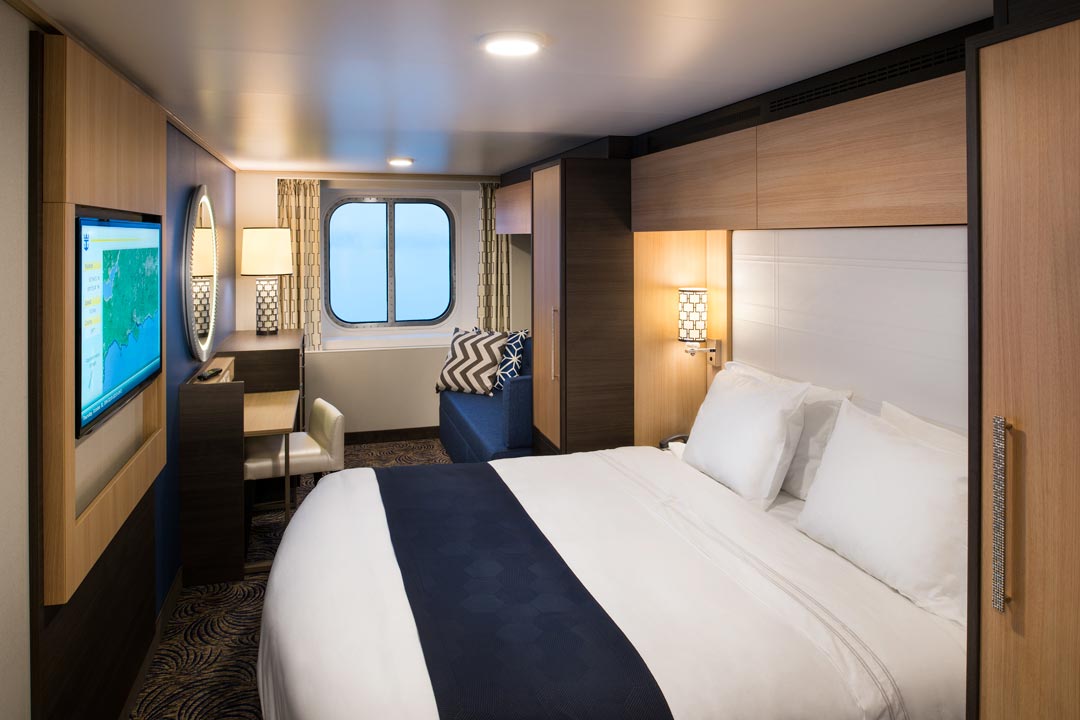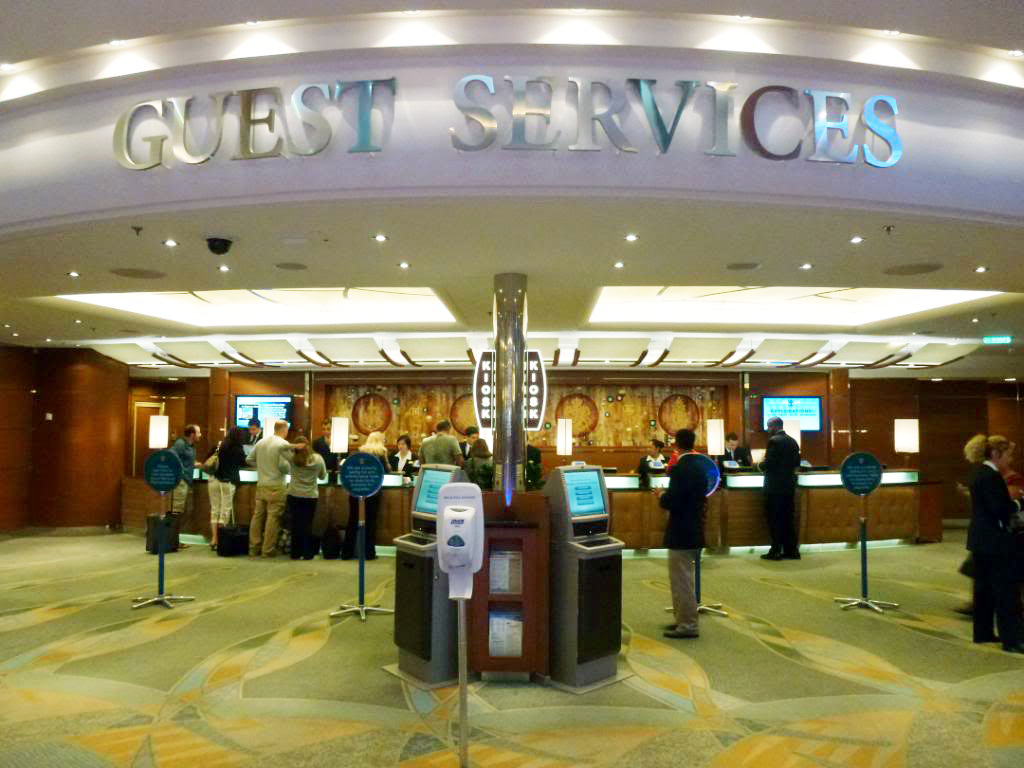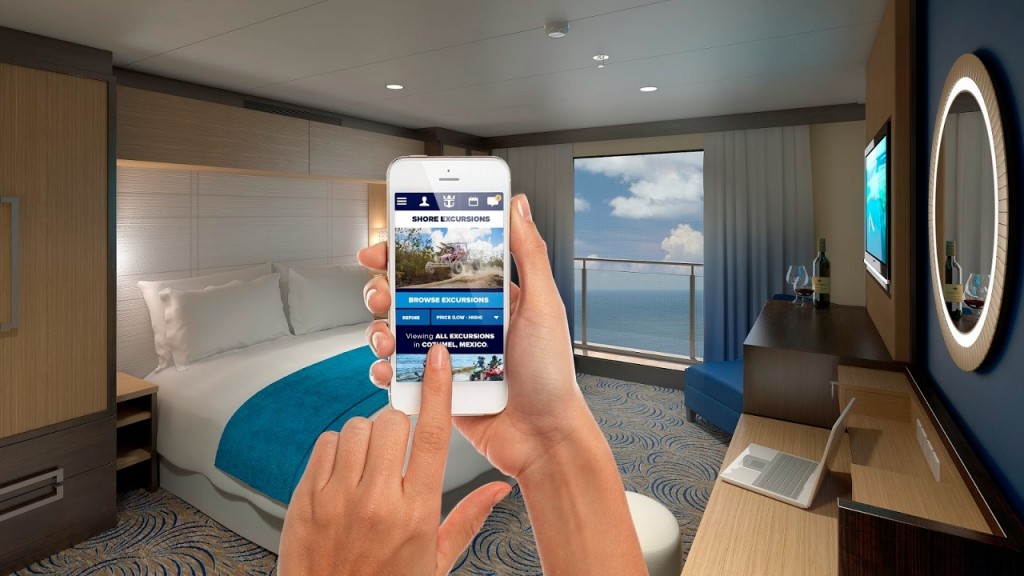Which Credit Card Is Best For Cruising, and Everything Else You Need to Know About What to Expect From Payments on Cruise Ships
Signing up for credit cards through partner links earns us a commission. Terms apply to the offers listed on this page. Here’s our full advertising policy: How we make money.
Update: One or more card offers in this post are no longer available. Check our Hot Deals for the latest offers.
Cruises are a special type of vacation.
It is a whole different way to travel, and comes with its own quirks and nuances that you have to master. Having now traveled on many cruises myself now, I always joke that there needs to be a Cruising 101 course offered on cruise ships for first-timers.
One of the often confusing parts of cruising is how payments are handled on the ship. Between specialty dinners, beverage packages, gift shop purchases, excursions, and more, how do cruises in 2019 handle these payments?
Cruises are also a great opportunity for earning bonus points on your favorite credit card. I’ll explain everything you need to know about payments on cruise ships, including which cards are our favorites for using on board.

How Do Credit Card Purchases Work on Board a Cruise Ship?
Cruise ships now are entirely cashless. This means that while they are eager to get you to book a massage at the spa, or purchase a fancy bottle of wine with dinner, they never accept cash for any of these purchases.
In fact, they don’t even take credit cards or debit cards in the traditional sense. Instead, all charges are placed to an “onboard account.”
What Purchases Go On My Onboard Account
Everything other than your initial cruise reservation can be placed on an onboard account. This includes standard fees and taxes that are unavoidable, gratuities, and all other onboard purchases.
All of the following purchases are the types of things you can expect to get charged to your onboard account:
- Taxes, fees, and port expenses
- Gratuities & tips
- Shore excursions
- Spa experiences
- Specialty dining
- Beverage packages and/or individual drink purchases
- Casino credits
- Gift shop purchases
- Internet or phone packages
Basically, everything you do will simply be placed on your onboard account. Most cruise lines will call this a “stateroom account” or “billing it to your stateroom”.
But how does it work exactly?
Setting Up Your Stateroom Account
When you first arrive on the ship, each passenger is checked in and sets up a stateroom account before they go on the ship. You will be asked for a credit or debit card to use for all purchases on board. This will be the default card that all these purchases are charged to.
This whole process is pretty easy. It is often a quick scan of your card to set up your account. After that, you will receive a key card and allowed to board the ship. This key card is really the only thing you need to keep with you while you are on the ship. It will get you into your cabin (your room) like the key card given to you at a hotel. But it is also what everyone will ask for whenever you make a purchase on the ship.

Some new cruise ships are moving away from key cards in favor of wristbands. But like the key cards, you use the wristband for all purchases and to get into your cabin. So they work exactly the same.
At this point, you can forget about your wallet completely. Lock it into the safe in your cabin and enjoy a cashless experience onboard. The only time you need your wallet is if you go ashore.
Use Your Key Card Like Your Credit Card
Throughout your cruise, any additional purchases that you decide to make will be charged to your stateroom account. These charges are not passed directly onto your credit card, but will be summed up at the end of your trip and charged to the credit card you have on file.
So whether it’s at the gift shop or buying a bottle of wine at dinner, you can always just hand them your key card for anything on board. It’s the only form of payment cruise ships accept now.
Card Pre-Authorizations Add Up Quickly
If there is one part that concerns people during their cruise, it is seeing huge pre-authorization charges on their credit card. Unfortunately, this is just a part of cruising. But if you call up ahead of time, you can learn what to expect for the cruise line you are sailing with to make sure you have a credit limit to sustain the pre-authorizations.
Expect to see a large authorization when you first board the ship. The cruise line does this to ensure that there is a reasonable (in their eyes) available balance on the card. The exact amount varies by cruise line, but it is usually a flat $300 to $500, plus the anticipated amount of “taxes, fees, and port expenses” that was provided before you booked your cruise.
Again, this is just a pre-authorization, and not an actual charge. If you don’t end up spending anything extra during your cruise, then that amount will be released at the end of your trip.

Every night, any charges you made to your stateroom will be added to that amount as another pre-authorization. The idea is that usually, they are authorizing a few hundred more dollars each night than you have accrued in charges. But only the actual amount you spend will be charged to your card at the end of the trip.
One Card Per Guest (For the Most Part)
In order to keep things simple, the cruise lines usually only allow you to have 1 credit card on file per guest. This makes things easy if you are traveling with someone and you want to keep your individual charges separate. Even for 2 guests in the same cabin, each of your key cards will be linked to their own credit card.
Partners who want to share expenses can let the cruise line know that they wish to allow all guests in a cabin to charge to the same stateroom account and thus, the same card.
If you want to split up your own charges across multiple cards, then this is more complicated. You can only have 1 card linked at a time, so you will need to wait until you reach the desired amount on one card and then visit guest services to settle the amount on your card and switch over to a new card. This is a bit of a pain but could be useful if you wanted to split expenses across multiple cards to prevent hitting credit limits or to spread your point earning (or meet minimum spend!).
What Should You Expect After Your Trip Is Over?
Throughout your cruise, it is a good idea to keep an eye on your stateroom account. You can see all of your current charges by visiting the guest services counter and asking for a printout. A lot of cruise ships even have an automated kiosk that displays all of your current charges. Many cruise lines are now even offering near-instant account management through your stateroom TV or a mobile app available on the ship.
Just like how you watch your credit card statement, keep an eye on your stateroom account. Mistakes are common and are easy to fix, especially if caught early. For example, you might have a beverage package but accidentally got charged for a drink that should have been covered. This happens all the time and the guest services counter is always very accommodating at fixing the charges, especially when you bring it up quickly.

At the end of the cruise, you want to do one final check of your account before you disembark. The earlier you can settle everything, the better. That’s because lines at guest services get extremely long during the final night before disembarkation.
Within a few days of your trip ending, you will see the final charge posting to your card on file. This is the sum of all your charges throughout your cruise, offset by any credits you might have gotten onboard.
What Does The Final Charge Look Like?
The final charge will come as one lump sum of all your accrued charges during the voyage, minus any onboard credits you received. The charge usually happens a few days after you disembark.
If you are sailing on an American cruise line, then the charge will always show up as an American charge. So you usually don’t need to worry about notifying your credit card company of any foreign transactions.
This is even true on cruises I have done that start and end in other countries. The charge will always be placed back at where the cruise line is based out of. So even on cruises where we sailed around Asia or Europe, the charge is always an American charge, assuming you were sailing on an American cruise line like Royal Caribbean, Carnival, Holland America, Princess, Celebrity, Disney Cruises, and so on.
What is the Best Credit Card to Use While Cruising?
Cruise line charges are considered travel expenses to the credit card companies. Banks have built a special merchant category code just for cruise lines, so the charge is always specifically noted as a cruise line. However looking at the fine print, all major banks consider cruise line purchases to qualify as travel expenses for credit card bonus points.

I can personally attest that Chase counts cruise line purchases under their travel category. I know that AMEX does too. I usually put my Chase Sapphire Reserve card on file for all purchases and earn 3X Ultimate Rewards points per $1 spent on cruise ships.
What is cool is that everything you purchase through the cruise line is considered a travel purchase. This includes dinners, entertainment, excursions, and even the port taxes and gratuities. Since it is all charged as a single travel purchase, you earn travel bonus points for everything!
This makes any of our favorite travel cards a good option to use as your credit card with the cruise line:
- Chase Sapphire Reserve: Because it earns 3X Ultimate Rewards points on travel
- Citi Premier Card: Because it earns 3X ThankYou points on travel
Both of these cards also have no foreign transaction fees, which make them a good option if you decide to go on shore and buy something.
Bottom Line
Cruise Ship purchases can be confusing for newcomers. But once you understand the basics of how it works, it can be a great way to earn a ton of bonus points towards more free travel in the future.
Remember that you will need to set up a credit card on file before you board the ship. Every purchase you make onboard will go towards a stateroom account that will ultimately charge your card on file at the conclusion of the trip.
Expect a large pre-authorization charge when your trip starts. Each night, the pre-authorization is expanded to cover additional charges you incurred that day. The final will be summed up (minus any onboard spending credits you might have received) and charged to your card within a few days of disembarkation.
The charges come as an American-based purchase in the travel category. This makes any great travel card a good candidate for using as your onboard credit card, because you can qualify for bonus points within the travel category.
Which card do you put on file while cruising?
Editorial Note: We're the Million Mile Secrets team. And we're proud of our content, opinions and analysis, and of our reader's comments. These haven’t been reviewed, approved or endorsed by any of the airlines, hotels, or credit card issuers which we often write about. And that’s just how we like it! :)






Join the Discussion!